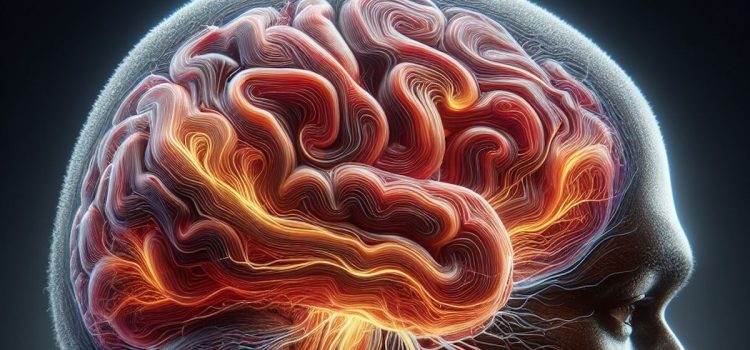

This article is an excerpt from the Shortform book guide to "Change Your Brain, Change Your Life" by Daniel G. Amen. Shortform has the world's best summaries and analyses of books you should be reading.
Like this article? Sign up for a free trial here.
What are the functions of the temporal lobes? Why are they so important?
Your brain is a remarkable organ. Various regions work together to allow you to function from moment to moment. The temporal lobes contribute to this overall function in the areas of language comprehension and memory recall.
Read more to learn about the functions of the temporal lobes, as described by psychiatrist and brain health expert Daniel G. Amen.
The Functions of the Temporal Lobes
What are the functions of the temporal lobes? According to Dr. Amen, the temporal lobes are integral to understanding language and recalling memories. For example, they help you interpret the tone of someone’s voice or recognize a familiar face. Your temporal lobes enable you to do this by performing the following actions:
- Processing auditory information: They allow you to hear and understand sounds in your environment.
- Language comprehension and production: They support spoken and written language, helping you communicate effectively.
- Visual perception and recognition: They allow you to see and identify objects, faces, and scenes.
- Memory formation and retrieval: They play a crucial role in forming and recalling long-term memories, affecting how you remember experiences and events.
| Decoding How the Temporal Lobes Function Within specific areas of the temporal lobes, neurons and brain structures work collaboratively to enable these functions. Unveiling the intricacies of this collaboration will enrich your understanding of how you process language and recall memories. Processing auditory information: Neurons in the primary auditory cortex process and respond to sound stimuli, allowing you to hear and understand sounds in your environment. Language comprehension and production: Neuronal networks in the superior temporal gyrus, specifically Wernicke’s area for language comprehension and Broca’s area for language production, support both spoken and written language, facilitating effective communication. Visual perception and recognition: Neurons in the ventral part of the temporal lobes, including the fusiform gyrus, enable you to see and identify objects, faces, and scenes. The fusiform face area, a specialized region within the fusiform gyrus, plays a role in face recognition. Memory formation and retrieval: The hippocampus interacts with the prefrontal cortex to encode experiences into long-term memories and retrieve them when needed, influencing how you remember past experiences and events. |

———End of Preview———
Like what you just read? Read the rest of the world's best book summary and analysis of Daniel G. Amen's "Change Your Brain, Change Your Life" at Shortform.
Here's what you'll find in our full Change Your Brain, Change Your Life summary:
- A more effective approach to overcoming physical, mental, and cognitive issues
- The four factors to nurture to improve your brain health
- Why listening to Mozart can enhance your focus and mood control






